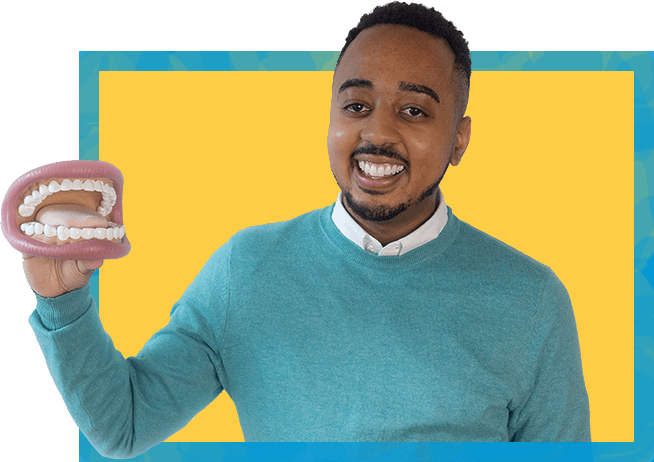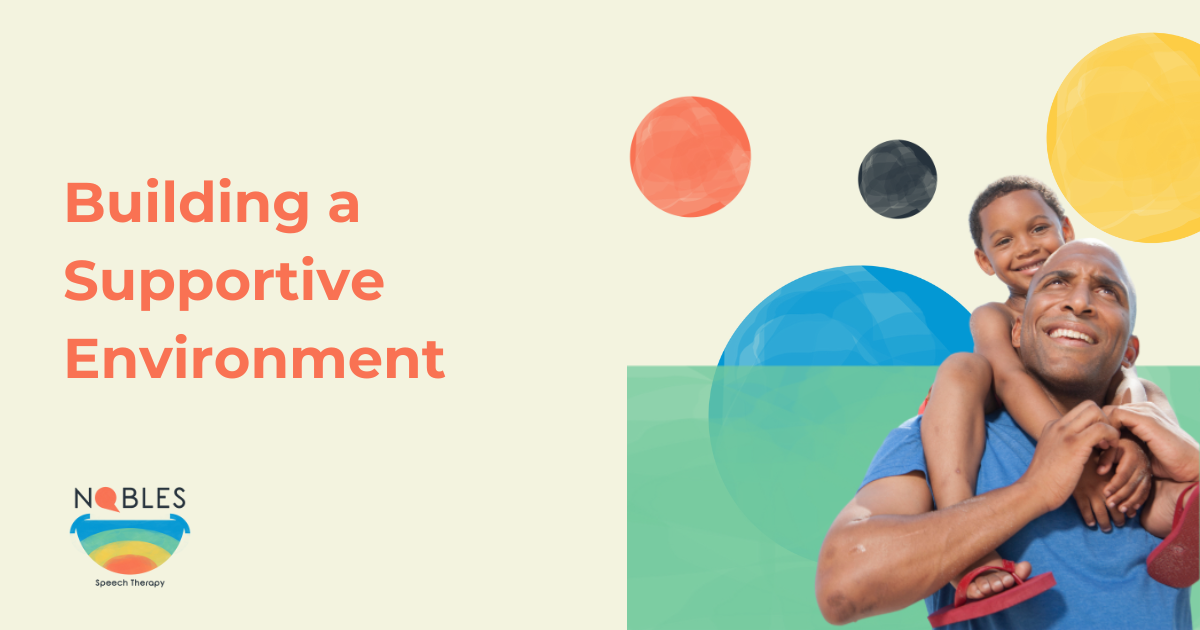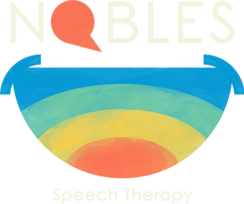This guide will provide you with an overview of the PROMPT method in speech therapy and how it can be used as effective treatment for childhood apraxia.
Share This Page:

The PROMPT method of speech therapy provides many children with the support they need to see significant improvement.
What is PROMPT speech therapy? You may have heard this term before but were unsure how it applies to your child's needs. Prompt stands for Prompts for Restructuring Oral Muscular Phonetic Targets. It is a highly successful therapy option for children with motor speed disorders. This includes children who have childhood apraxia or dysarthria. It may also help some adults who struggle with these needs as well. It is unique and effective as a robust type of speech therapy.
A History of This Therapy
The PROMPT style of speech therapy was first developed in the 1970s by Deborah Hayden. It was initially used to help children displaying severe motor impairments who did not do well with other types of traditional speech therapy. To take on these more challenging cases, Dr. Hayden worked to create a tactile-kinesthetic way to improve speech therapy.
The PROMPT method in speech therapy is both a method and a philosophy in that it focuses on a holistic way of improving speed therapy. It also helps to focus communication as a blend of cognitive-linguistic and physical-sensory aspects. It also blends social and emotional factors into the method. It is also important to know that this type of therapy is continuously evolving as new research and data help strengthen its basis.

If a child suffers from speech delay, disorder, or another type of impairment, it is often necessary to begin therapy immediately. The PROMPT method is often one of the first options for those who fit the mold because of its effectiveness.
PROMPT is a tactile-kinesthetic approach to speech therapy. What does that mean? In this type of therapy, the pathologist will guide the patient's articulators manually. This includes the lips, jaw, tongue, and vocal folds. To do this, the therapist will target particular words and sentences. To help the child learn, the therapist will use touch cues to help to support the proper movement of each articulator during the speaking process.
By doing this, the patient can produce phonemes. These are the smallest types of sounds that allow for distinguishing one word from the next. During each speech session, the child and therapist work in this way, through touch cues, to create better physical function. This often includes moving through various sounds over time at a steady pace. The patient will move from one sound to the next, at their own pace, as they learn and accomplish the first set of sounds.
The child gains improvement in their skills in multiple ways. This includes the assistance they receive as well as repetition. They also learn to build more complex sounds over time, adding one to the next until they master the sounds fully.
Various techniques are in use that use the muscles, jaw, and face to help create improved sound. This therapy is not just to help individuals learn single speech sounds. Instead, therapists can use this method to help children learn full words, phrases, and sentences.
Who Is a Candidate for PROMPT Therapy?
Many children may benefit from the use of PROMPT. This includes individuals who are typically at least six months or older. They may have a diagnosis of a condition such as:
Treatment for other speech disorders and impairments may also be effective using this method. It is best to use it on those with partial or completely non-verbal children. It may also be an alternative treatment for those with mild articulation delays who have not responded to other types of treatment. It is also suitable for those who have motor speech disorders as well as language disorders.

Is PROMPT Speech Therapy Effective?
Yes, in many ways, it can prove to be one of the most effective methods for improving speech in children. It can help children to accomplish a great deal of improvement in a short timeframe, which helps to create motivation and sparks a significant positive impact on the lives of children.
Choosing a speech therapist certified explicitly in this area is critical to be effective. This includes a professional who has completed training courses and has met certifications beyond just being a speech and language pathologist.
Because this technique can be molded and designed to meet the child's specific needs and for just about any given concern, it is very effective overall. With this method, many children learn new sounds and then also learn new vocabulary and how to use it within their day-to-day needs. It is a type of reprogramming of their current speech production system, and as a result, it has the opportunity to create significant improvement.
How Does PROMPT Therapy Differ from Traditional Approaches?
There are various ways that PROMPT is different from other types of speech therapy. For example, it is a much more hands-on experience designed to improve speech. To work well, the therapist has to use touch cues to help to guide the patient. As the patient learns and expands their skills, the touch cues are removed, one after the other, allowing the further building of those skills. Unlike other methods that rely on repetition, this method is far more hands-on in its functionality.
Also crucial in this type of therapy are the practice activities and the social components of the child's experience. This method is not just a single-track but a more holistic approach that helps to blend social elements, cognitive function, and physical aspects. The experience is also very customizable to meet the child's unique needs.
Learn More
Learn more about PROMPT and other treatments for childhood apraxia and other speech impairments.
Share This Page:

About the Author
Myles Nobles is a pediatric speech pathologist in Laurel, MD. With patience and a friendly demeanor, he helps children from all walks of life develop independence, greater confidence, and social well-being by improving speech and language. Treatment plans address developmental, articulation,
fluency, and other crucial language skills impeded due to autism and other challenges.



